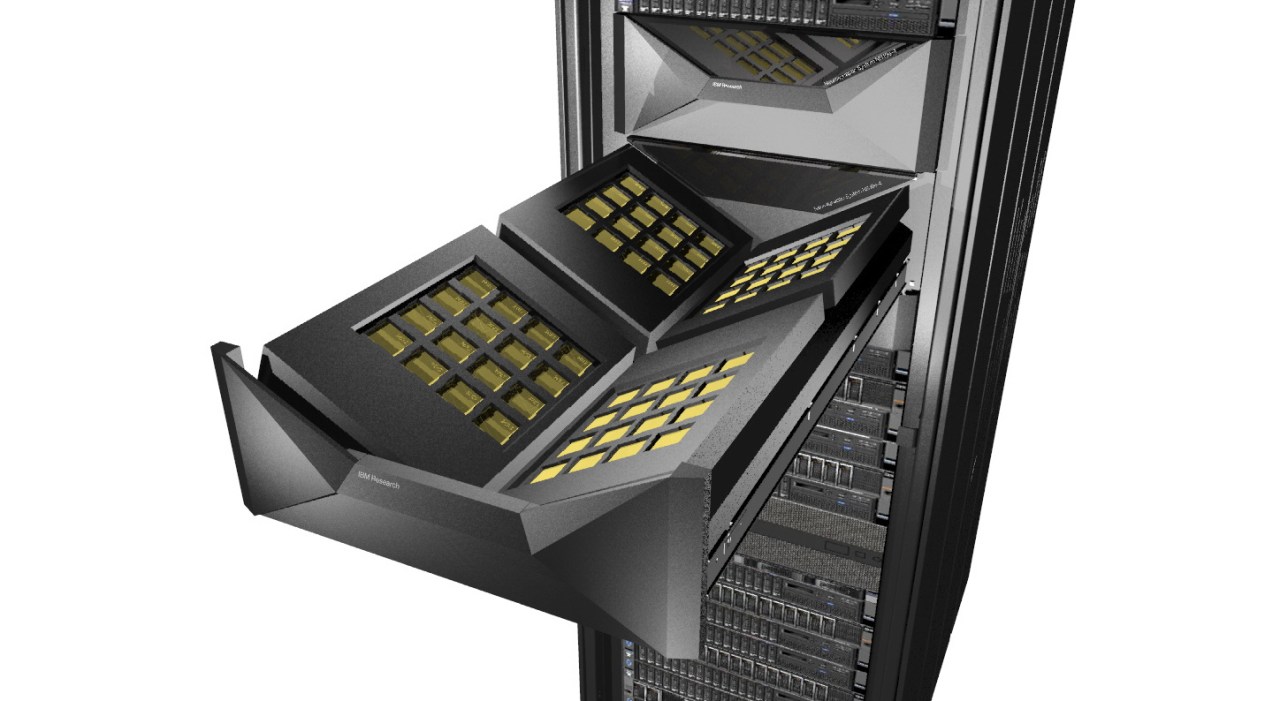In the rapidly evolving landscape of artificial intelligence, IBM is making significant strides with its TrueNorth chip technology, particularly through its collaboration with the U.S. Air Force Research Lab. The new 64-chip array demonstrates IBM’s commitment to enhance the performance of machine learning models by innovating at the hardware level. As we delve into the details of this initiative, we uncover how it could revolutionize applications ranging from mobile technology to aerospace.
The New Generation of Chip Technology
The TrueNorth project originated from the DARPA SyNAPSE initiative in 2008, aiming to mimic the brain’s computing capabilities. Fast forward to today, IBM is developing a sophisticated 64-chip array, composed of four boards with 16 chips each. This architecture allows researchers to run a single neural network across multiple data sets or utilize individual networks on a singular data set, offering versatility not typically available in traditional architectures.
Exploring Spiking Neural Networks
At the core of the TrueNorth chip’s functionality is its capability to run spiking neural networks (SNNs). Unlike traditional neural networks, SNNs are structured to process information more similarly to human brains, making them particularly suited for certain types of complex problem-solving. While this design is still in its experimental phase, the low power consumption associated with these chips hints at future applications in portable technology, such as mobile devices and self-driving cars.
Strategic Implications for Military Applications
The partnership with the Air Force is a strategic move for both organizations. For IBM, this partnership represents an opportunity to push the envelope in applying advanced computing solutions to real-world military scenarios. Applications could extend to operational enhancements in satellites and unmanned aerial vehicles (UAVs), showcasing the chips’ potential in time-sensitive and data-intensive scenarios.
Critics and Challenges
While the potential of the TrueNorth project is enticing, it is not without its skeptics. Some industry leaders have pointed out limitations when compared to more conventional computing technologies, such as Field-Programmable Gate Arrays (FPGAs) and Graphics Processing Units (GPUs). For instance, in 2014, Yann LeCun expressed skepticism about TrueNorth’s viability against convolutional neural networks, which have a proven track record in tasks like object recognition.
A Call for Experimental Research
Despite criticisms, the integration of experimental hardware into research institutions offers unprecedented opportunities. With over 40 universities and government agencies exploring TrueNorth’s potential, the value of experimental applications remains salient. Researchers are often eager to play with cutting-edge technology since they may uncover innovative solutions not achievable with traditional systems.
Conclusion: The Future is Bright
As IBM continues to refine its TrueNorth technology in collaboration with the U.S. Air Force, the horizon appears promising. Between its applications in defense, transportation, and beyond, this chip could redefine our interaction with technology. While true commercial viability is still ahead, the experimentation happening today lays the groundwork for tomorrow’s breakthroughs in AI-enhanced computing. At fxis.ai, we believe that such advancements are crucial for the future of AI, as they enable more comprehensive and effective solutions. Our team is continually exploring new methodologies to push the envelope in artificial intelligence, ensuring that our clients benefit from the latest technological innovations.
For more insights, updates, or to collaborate on AI development projects, stay connected with fxis.ai.

